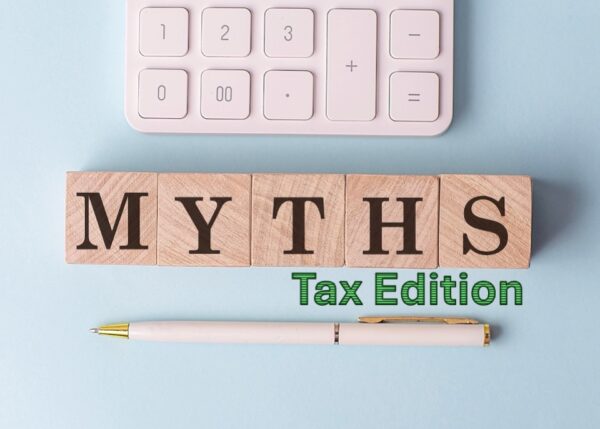Key Takeaways
- A federal tax break that makes student loan forgiveness tax-free expires on December 31, 2025, unless extended by Congress.
- Starting in 2026, forgiven IDR loan balances may once again be treated as taxable income, resulting in significant federal tax bills.
- Dental professionals, who often carry some of the nation’s highest student loan balances, face outsized financial risk if the tax exclusion ends.
- Borrowers could be pushed into higher tax brackets and lose eligibility for certain credits, increasing their overall tax liability.
- Dental practice owners should model the impact now, adjust tax strategies, and prepare team members who may be affected beginning in 2026.
If you or a member of your dental team is on an Income-Driven Repayment (IDR) plan for student loans, an important tax rule is scheduled to change, and the impact could be significant.
Under the American Rescue Plan Act of 2021, any federal student loan forgiveness issued between January 1, 2021, and December 31, 2025, is not considered taxable income at the federal level. That means borrowers who earned forgiveness under IDR after 20 or 25 years of payments have, for now, avoided the large “tax bomb” that previously accompanied cancellation.
But unless Congress extends the provision, this tax-free treatment ends on December 31, 2025.
Beginning in tax year 2026, borrowers who qualify for long-term IDR loan forgiveness may once again face hefty federal tax bills, potentially $8,000 to $10,000 or more, according to analyses from Protect Borrowers and reported by Accounting Today.
And because many dentists graduate with $300,000–$600,000 in student loan debt and may later enroll in IDR during career transitions or ownership changes, this issue hits the dental industry especially hard.
Why This Matters for Dentists and Dental Practices
Dental professionals carry some of the highest student loan balances in the country. Even practice owners who have been repaying for decades can still be on an IDR plan, especially if they refinanced privately, paused payments during practice startup years, or switched repayment plans during the pandemic.
When the tax exclusion expires:
- Any forgiven amount becomes taxable as ordinary income
- The forgiven amount could push a borrower into a higher federal tax bracket
- Borrowers could lose eligibility for refundable credits, increasing their net tax liability
- Those earning $40,000–$60,000 (including some associates or team members) may see the largest proportional tax impact
Sample Scenarios
Example 1: A dental hygienist has been repaying loans under an IDR plan for 22 years. She earns $58,000 a year, supports two children, and still owes $18,000 that would be forgiven in 2026. Once the exclusion expires, that $18,000 would be treated as taxable income. The result? An additional $3,000–$4,000 in federal taxes, due immediately.
Example 2: A dentist-turned-practice-owner who has intentionally kept payments low during the practice’s early years expects $120,000 of remaining IDR debt to be forgiven in 2026. If taxable, the federal tax bill on the forgiven amount could exceed $25,000, due in a single year. For many families, especially those with practice debt, child-care expenses, or unpredictable income, these extra tax burdens could be financially destabilizing.
What Should Dental Practice Owners Do Now?
Even though Congress may act, there is no guarantee. The Treasury Department and IRS have been urged to use administrative authority to extend tax relief, but no action has yet been taken.
That means now is the time to plan.
- Model the Potential Tax Impact: Estimate how much forgiveness you or a team member may receive beginning in 2026, and calculate the additional tax owed if the exclusion expires.
- Build the Cost Into Your Tax Strategy: If you expect forgiveness in or after 2026, your tax plan should include:
- Adjusted quarterly estimated payments
- Strategic retirement contributions
- Entity restructuring, if appropriate
- Possible timing shifts for major purchases or deductions
- Prepare for Team Member Questions: Many associates, hygienists, and administrative staff use IDR. This topic will affect your team and your retention strategy.
- Avoid Last-Minute Surprises: Without planning, borrowers could owe several thousand dollars unexpectedly, a stressor that often hits during already tight financial years.
Let Us Help You Prepare for What Comes Next
If Congress or the IRS doesn’t extend the tax break beyond December 31, 2025, many dental professionals will face a steep and unexpected tax bill the following year.
We can help you:
- Forecast your potential tax liability
- Build proactive tax strategies around IDR forgiveness
- Integrate planning into your broader financial and practice goals
- Avoid surprises and stay in the strongest possible financial position
Contact our team today to prepare a tax plan that protects you, no matter what happens in Washington.




